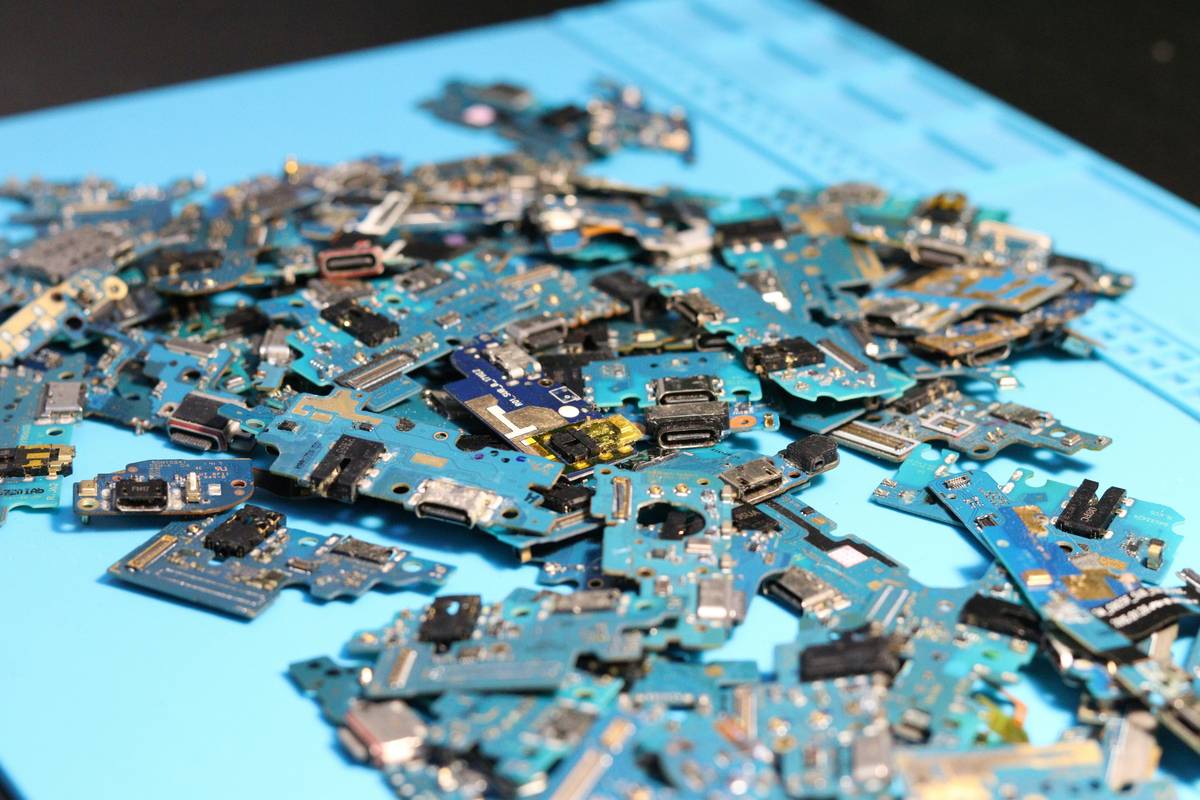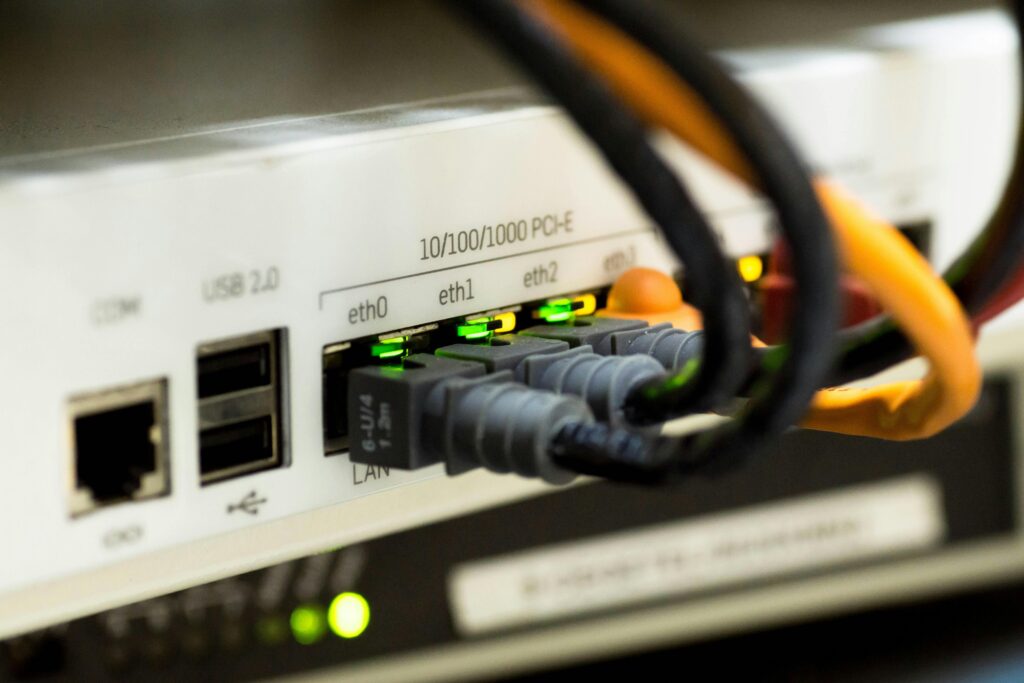Ever stared at your couch and thought, “Why can’t this thing charge my phone or remind me to water the plants?” If you’ve been dreaming of furniture that doubles as a personal assistant, welcome to the future—where DIY smart furniture is turning homes into tech havens. From coffee tables with built-in wireless charging to bookshelves that act as smart speakers, we’re diving deep into the DIY smart furniture trends shaping modern living spaces.
In this guide, you’ll learn:
- The problems DIY smart furniture solves (spoiler: it’s more than just aesthetics).
- A step-by-step process for creating your own smart furniture.
- Tips from seasoned creators who’ve nailed the trend.
- Real-life examples of DIY projects that went viral.
- Frequently asked questions about getting started with smart furniture hacks.
Table of Contents
- Key Takeaways
- Why DIY Smart Furniture Matters
- Step-by-Step Guide to Building Your Own Smart Furniture
- Top Tips for Mastering DIY Smart Furniture Trends
- Real-Life Examples That Inspire
- FAQs About DIY Smart Furniture
Key Takeaways
- DIY smart furniture combines functionality, style, and technology to enhance daily life.
- Basic tools like Arduino kits and IoT devices make it accessible for beginners.
- Creativity trumps budget—upcycling old furniture can yield stunning results.
- Poorly executed designs can lead to cluttered, impractical pieces (yes, we’ll rant about this).
Why DIY Smart Furniture Matters
Picture this: You’ve spent weeks browsing stores for a nightstand that fits your aesthetic. Finally, you find one—but surprise! It doesn’t have USB ports or wireless charging capabilities. Now imagine crafting something yourself—an elegant piece tailored exactly to your needs while integrating cutting-edge tech. Enter DIY smart furniture trends, where creativity meets convenience.
Smart furniture isn’t new; IKEA has been dabbling in smart lighting and storage solutions for years. But here’s the kicker: pre-made options often come with hefty price tags and limited customization. By going the DIY route, you save money and flex those creative muscles.
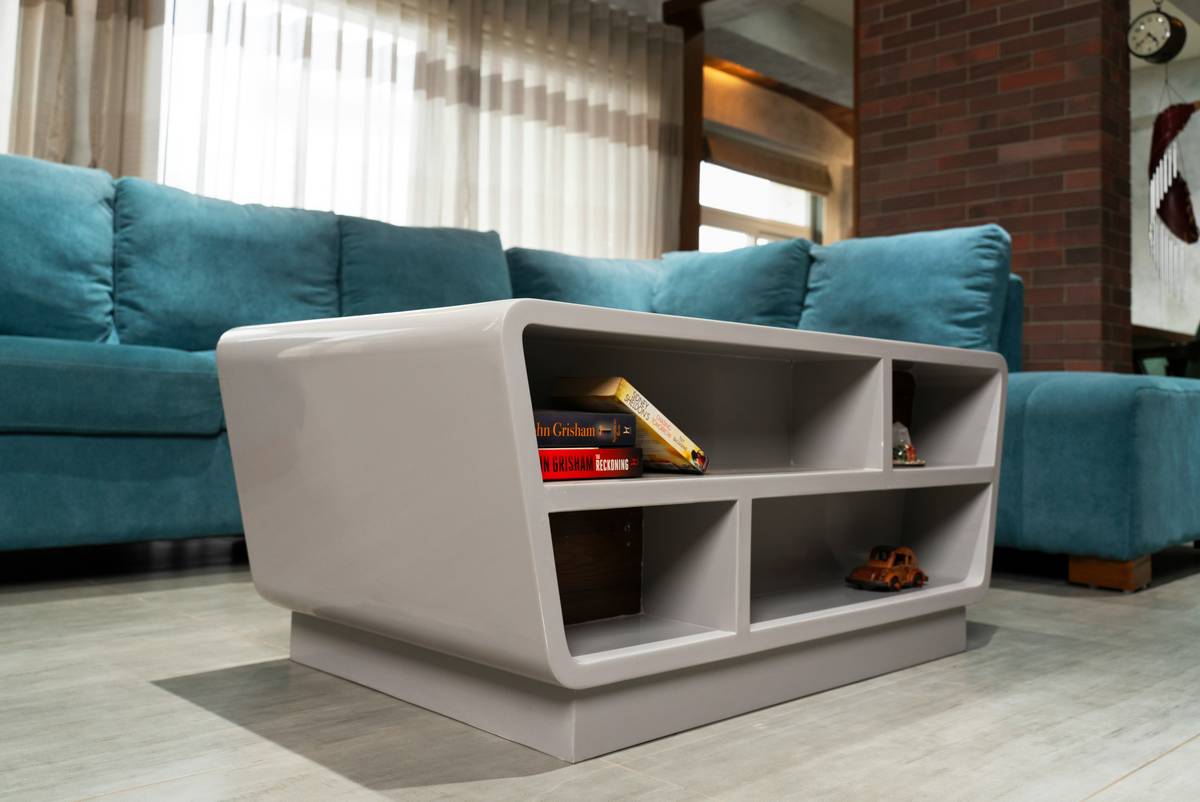
“I once tried gluing an Alexa Dot onto my bedside lamp—it fell off three times before I gave up. Moral of the story? DIY requires planning, not duct tape.” – Yours Truly
Step-by-Step Guide to Building Your Own Smart Furniture
What Tools Do I Need?
Optimist You: “All you need are some basic tools and a vision!”
Grumpy You: “Oh great, now I have to buy another soldering iron.”
- Arduino or Raspberry Pi: These microcontrollers are the brains behind most DIY smart projects.
- Sensors & Modules: Think motion sensors, temperature gauges, or RFID readers.
- Power Supply: Make sure your project has a reliable power source.
- Furniture Base: Upcycle an old piece or build from scratch using plywood/MDF boards.
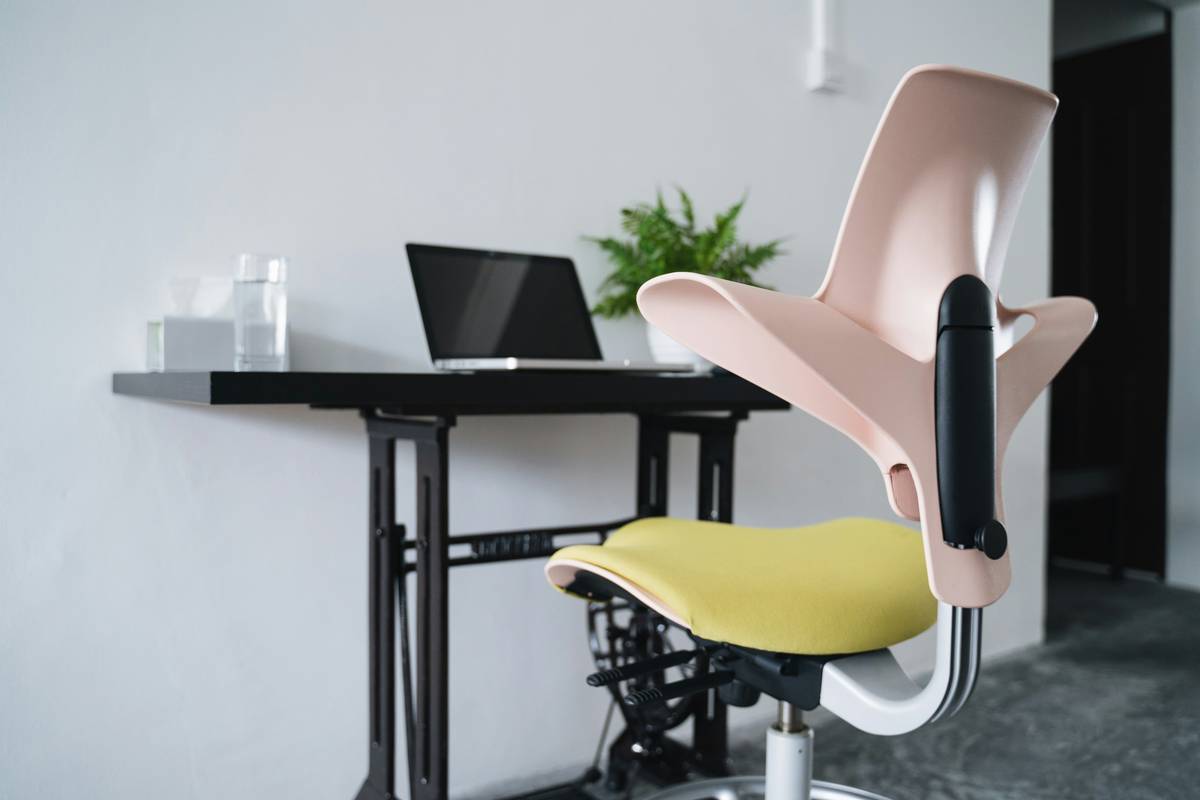
How to Get Started
- Brainstorm Features: What do you want your furniture to do? Charge devices? Play music? Monitor air quality?
- Sketch a Design: Draw out dimensions and placements for tech components.
- Prototype Components: Test each feature individually before assembling everything.
- Assemble & Integrate: Attach sensors, wires, and modules securely to avoid accidents.
- Test & Refine: Debug any issues and tweak functionality until it works seamlessly.
Top Tips for Mastering DIY Smart Furniture Trends
Chef’s Kiss Tips for Success
- Start Small: Begin with simple upgrades like adding LED strip lights under shelves.
- Plan Wiring Paths: Hidden cables = clean aesthetics. Nobody likes tangled messes.
- Use Modular Parts: This makes upgrading easier down the line.
- Prioritize Safety: Always double-check electrical connections and insulation.
The Terrible Tip Disclaimer
Rant Alert: One mistake many newcomers make is stuffing every gadget they own into a single piece of furniture. Yes, a chair that plays Spotify AND heats your coffee sounds cool—but if it looks like a Frankenstein creation, nobody wins. Stick to ONE core function per project unless you’re confident in advanced engineering.
Real-Life Examples That Inspire
Example 1: The Wireless Charging Coffee Table
Maria, a graphic designer based in Brooklyn, transformed her old coffee table into a sleek charging station. Using an Arduino Uno and Qi wireless chargers embedded in the surface, she created a functional yet stylish centerpiece for her living room. Her Instagram post showcasing the project garnered over 50k likes!
Example 2: Voice-Controlled Wardrobe Lighting
John, a software engineer, hacked his walk-in closet by installing RGB LED strips controlled via Google Assistant. Not only did it improve visibility, but it also turned his space into a mini nightclub whenever friends visited. Bonus points for syncing lights with his favorite tunes.
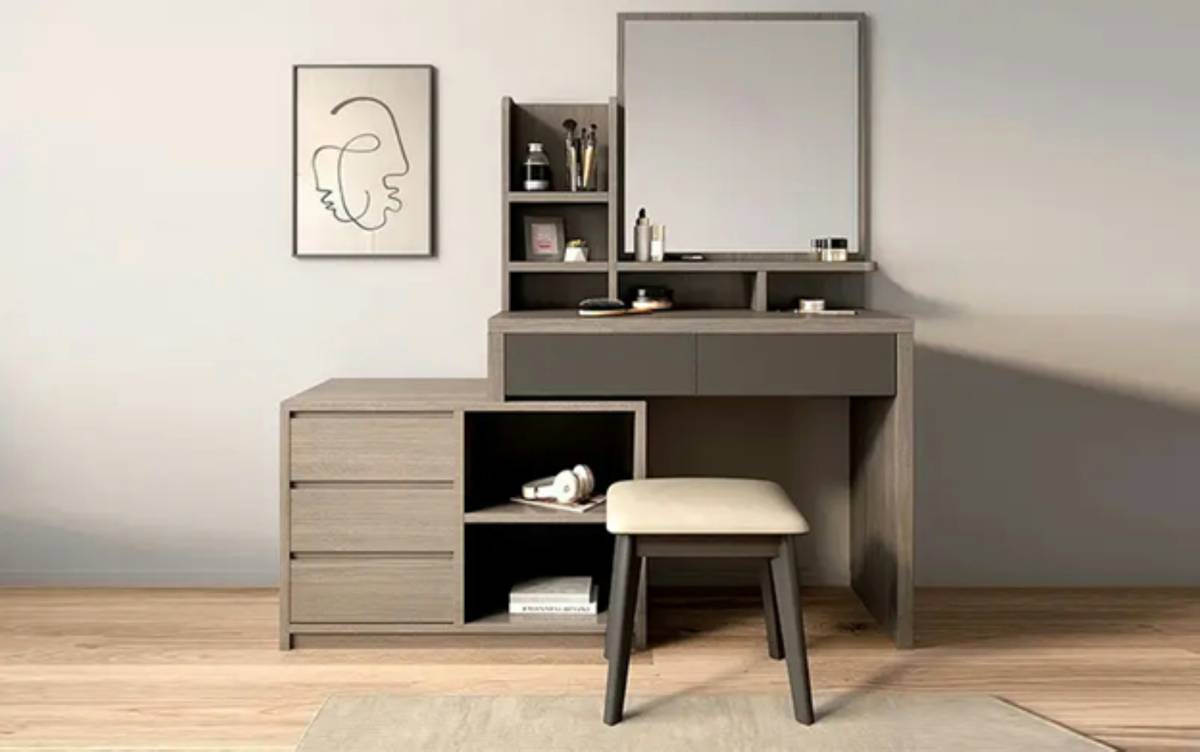
FAQs About DIY Smart Furniture
Is DIY Smart Furniture Expensive?
Nope! Many components, like microcontrollers and sensors, cost less than $50 total. Plus, repurposing existing furniture slashes costs significantly.
Do I Need Coding Skills?
While helpful, coding knowledge isn’t mandatory. Platforms like Arduino offer beginner-friendly tutorials and libraries.
Can I Sell My Creations?
Absolutely! With enough demand, launching an Etsy shop could turn your hobby into a profitable side gig.
Conclusion
There you have it—a crash course in mastering DIY smart furniture trends. Whether you’re looking to upgrade your home office or dazzle guests with futuristic decor, these tips will set you on the right path. Remember, the key lies in balancing functionality with aesthetics—and avoiding overly complex designs.
Now go forth and create! And hey, don’t forget to share your projects online—we’d love to see them.
Like a Tamagotchi, your ideas need nurturing to thrive. So grab your tools, fuel up on coffee, and start tinkering today.
